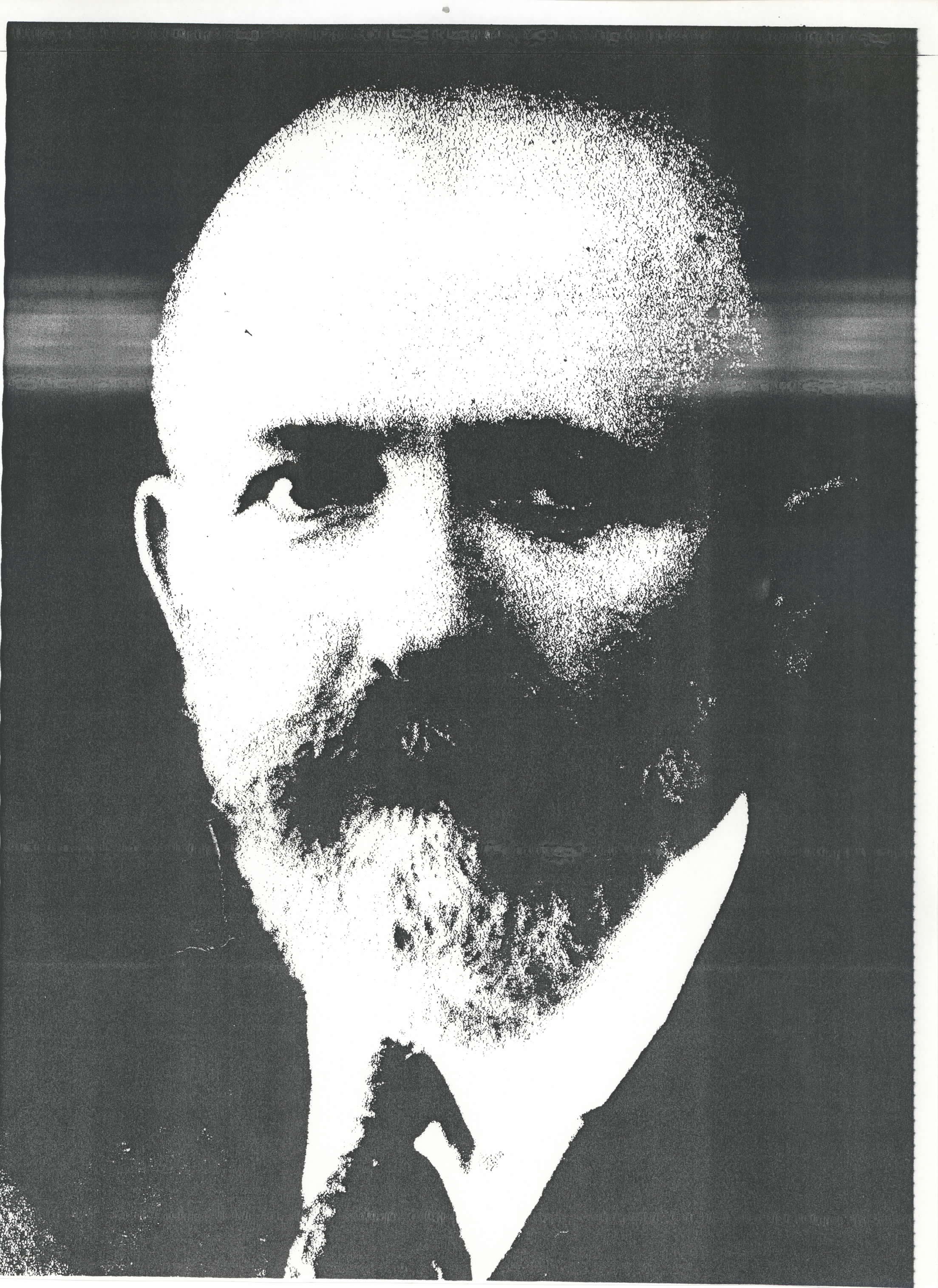
André Sainte-Laguë (1882–1950)
See below for text
Jean André Sainte-Laguë (in terms familiar to English speakers, Laguë is pronounced something like 'la-goo') was born in Lot-et-Garonne in April 1882 and spent part of his youth in Tahiti. He taught in lycées from 1906 (completing a doctorate in 1924) until 1938, when he was awarded the chair in mathematics at the Conservatoire national des arts et métiers (CNAM). He is best known in the field of mathematics for his work in the area of graph theory. During the second world war he was an active member of the resistance and was for a while imprisoned by the German occupying forces. After the liberation, he was named a member of the provisional consultative assembly. He died on 18 January 1950.
In 1911 he wrote an article, published in Comptes Rendus Hebdomaires, outlining what has become known as the Sainte-Laguë method of seat allocation, which he developed as a means of minimising disproportionality, conceived as inequity in the degree of representation achieved by each voter. This method, known in the USA as the Webster method, is often seen as one of the 'fairest', since unlike most other methods it does not contain an inherent bias in favour either of larger or of smaller parties. An English translation of this article is included as an appendix to Arend Lijphart and Robert W Gibberd, 'Thresholds and payoffs in list systems of proportional representation', European Journal of Political Research 5:3 (1977), 219–44. An Excel file, downloadable from the electoral systems page (link below), enables anyone to work out easily the Sainte-Laguë seat allocation for any distribution of votes and any number of seats.
The details of seat allocation methods such as those of Sainte-Laguë and D'Hondt rarely generate much public interest, but in the summer of 2017 there were major street demonstrations in Iraq in protest against proposals to modify the seat allocation method used. The 'pure' Sainte-Laguë method uses divisors of 1, 3, 5, 7 ... etc. In the past some countries used a 'modified' version in which the first divisor, instead of being 1, was 1.4, which made it somewhat more difficult for small parties to win a first seat. In August 2017 the Iraqi parliament decided that the first divisor should be 1.9, and though as a result of widespread protests it reduced this to 1.7, representatives of small parties were understandably still dissatisfied and pressed for it to be reduced at least to 1.4. This may well be the first time anywhere in the world that disagreement over the size of one of the Sainte-Laguë divisors has led to street protests.
Go to electoral systems page or to least squares index, effective number of parties, or effective threshold.
Last updated 28 June, 2023 4:22 PM